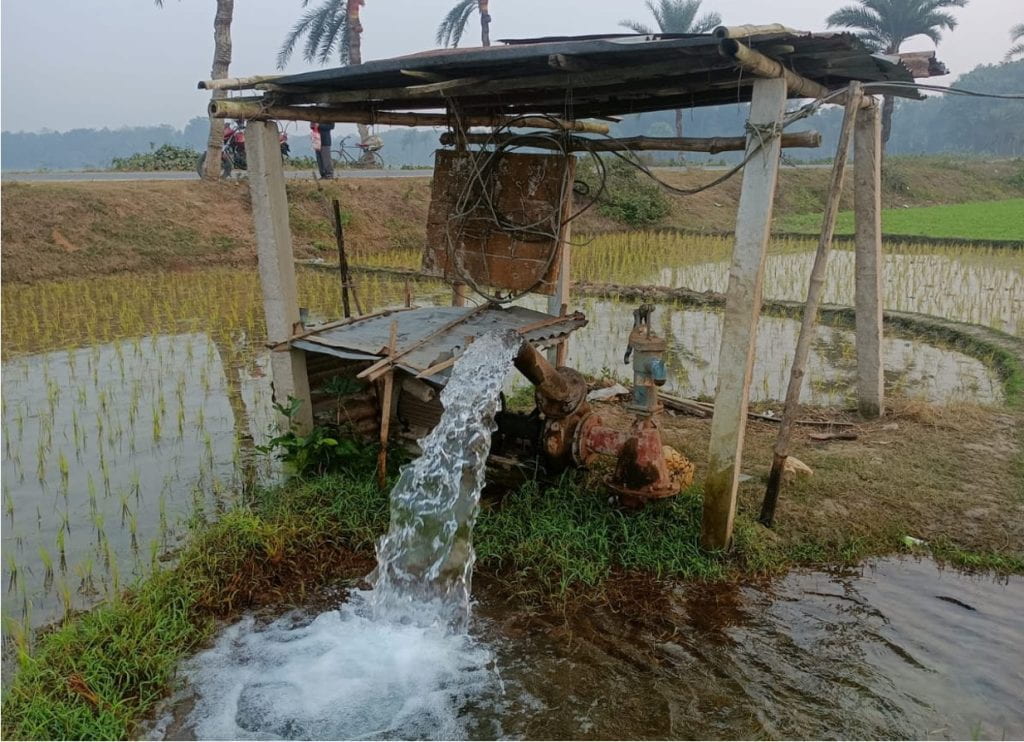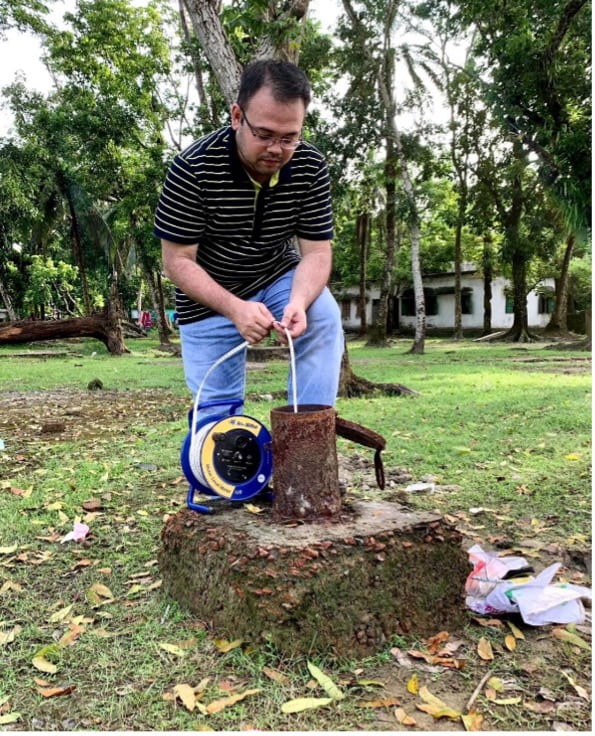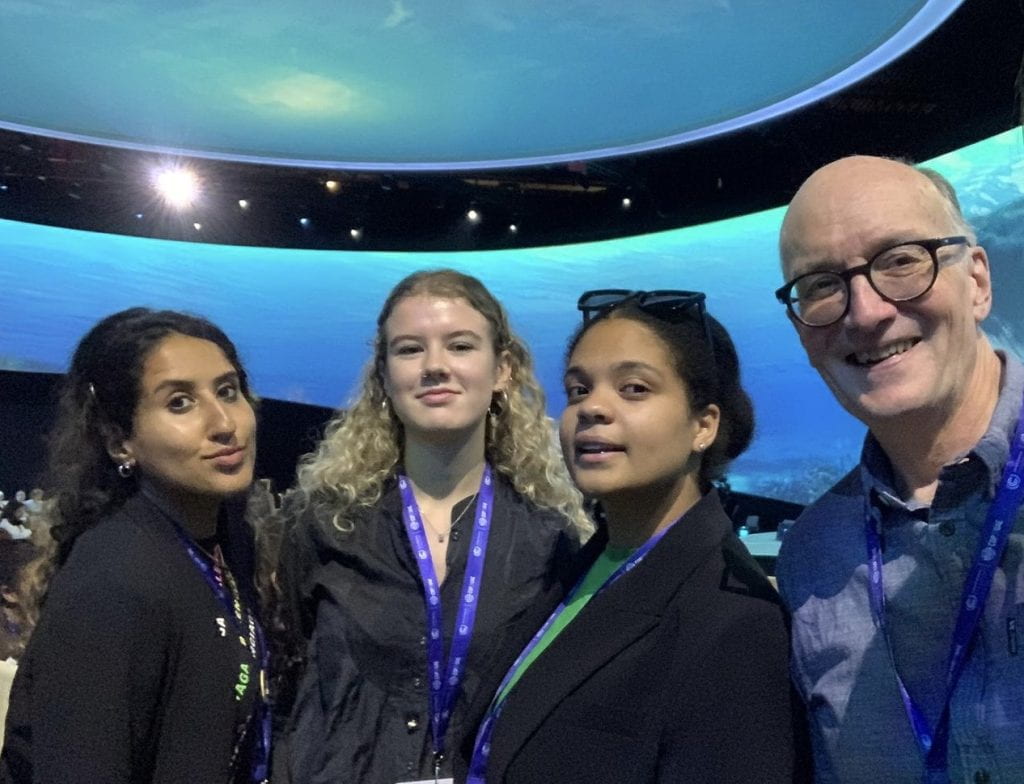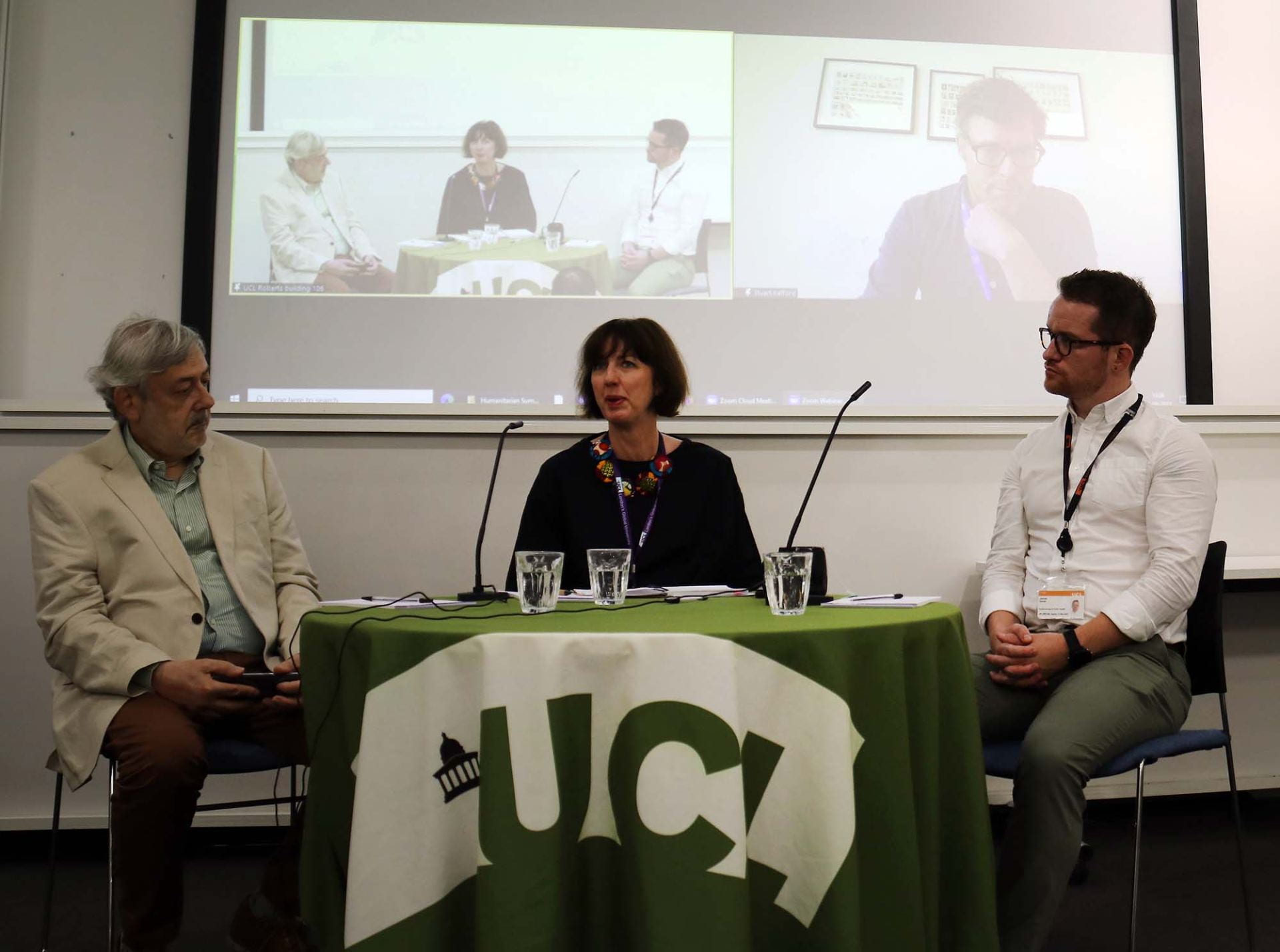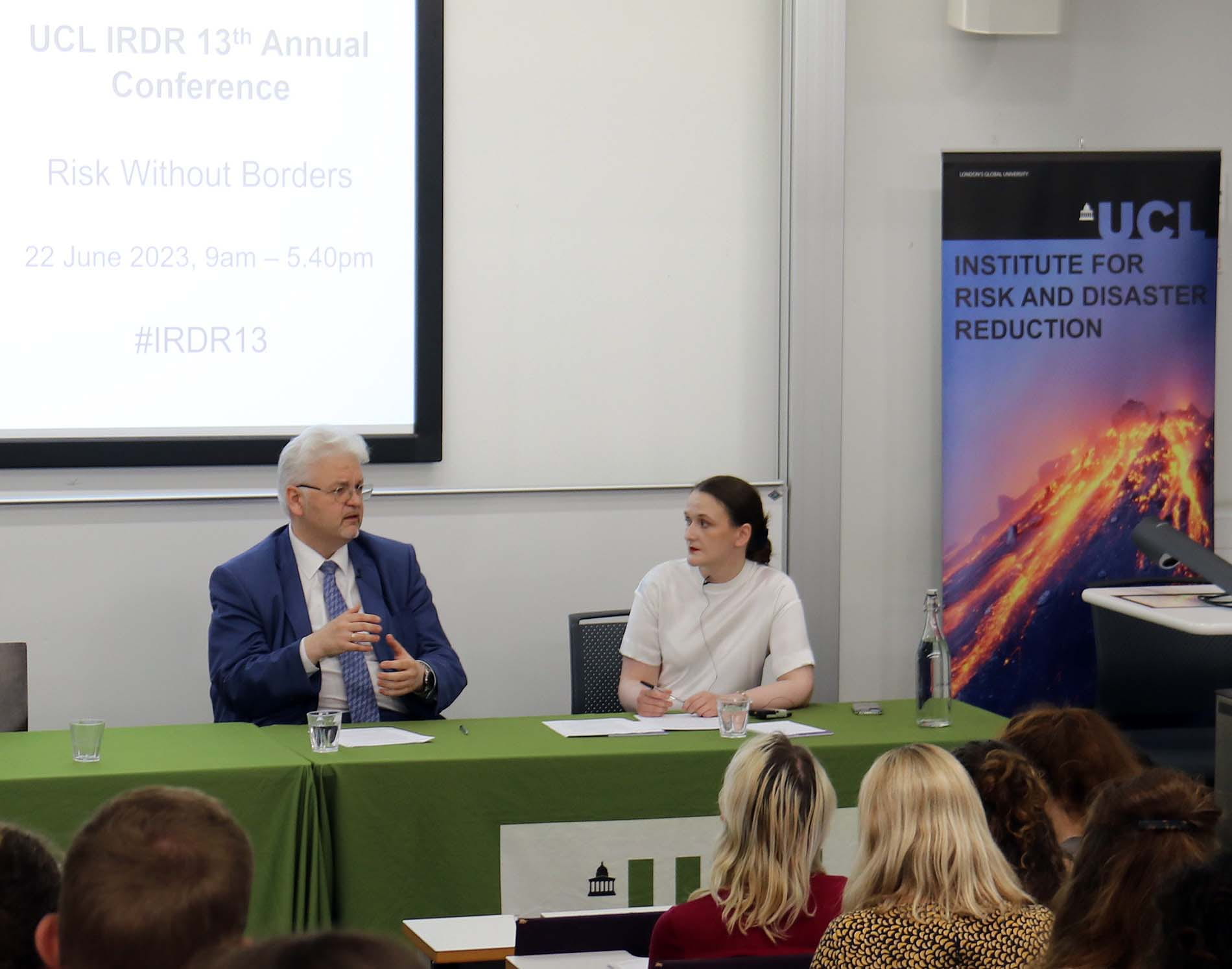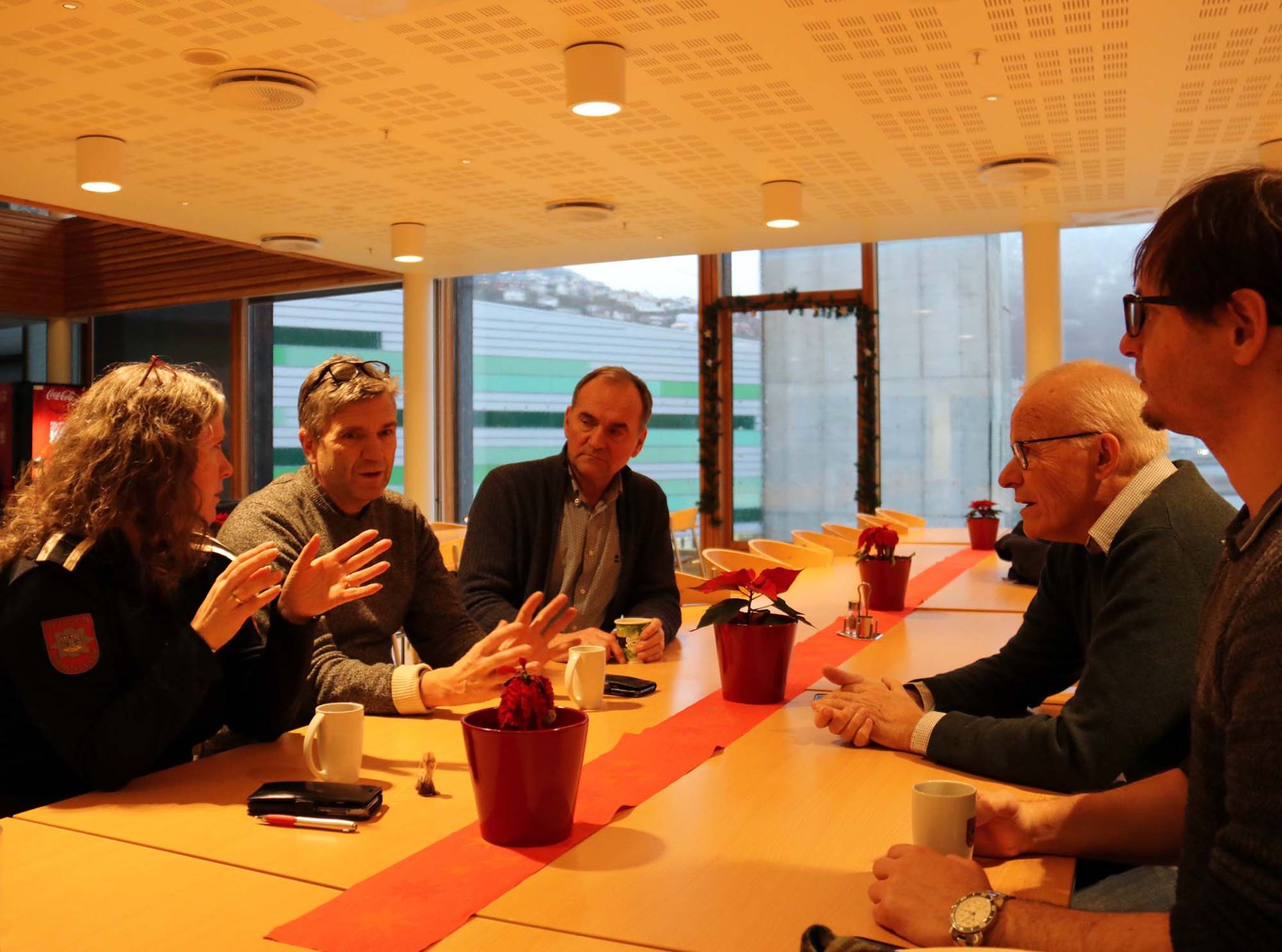Reflections on 2024 Noto earthquake: do we need to pay more attention to the ‘human’ element of disaster?
By Miwako Kitamura, on 3 May 2024

A 7.5 magnitude earthquake struck Noto Peninsula of Japan on New Year’s Day in 2024. Family members had come home to celebrate the New Year when the earthquake hit. Japan has a high level of awareness on disaster preparedness and mitigation. Despite this, more than 240 people lost their lives, 60,000 buildings were damaged and 25,000 people had to be evacuated from their homes. It is important to note that the deaths were caused by the earthquake where several buildings, especially the old structures collapsed. The new year’s earthquake also caused a tsunami, which arrived only a few minutes after the earthquake. However, the majority of people died from earthquakes, with only two people killed by the tsunami, which shows high awareness about tsunami preparedness among the general population, compared to the earthquakes. This shows more work needs to be done on earthquake preparedness in Japan, beyond a focus on developing and investing in resilient infrastructure.
In this short blog, we will shed some light on the experiences of people who are managing the evacuation centres, especially those evacuation centres that are led by the community. We will examine the current situation by putting gender and communities at the centre of our analysis.
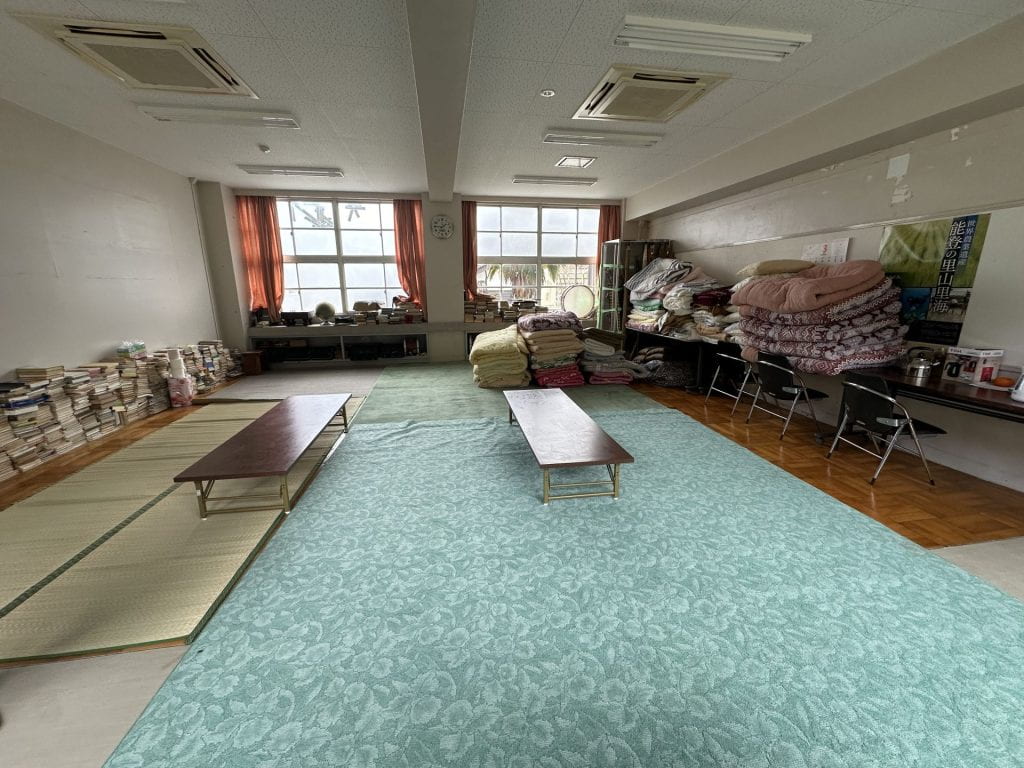
Although there are many government run evacuation centres, there are also several community-run evacuation centres. In Japan, community-led shelters are commonly referred to as “voluntary shelters.” Leaders of these shelters typically include local community figures and temple and shrine heads, and, as observed during the Great East Japan Earthquake, leaders of traditional performing arts groups have frequently assumed these roles. Importantly, the foremost consideration for these community-oriented shelters is their trustworthiness. What we found was that due to the gender division of labour, which is still strongly present in Japanese society, taking care of the people in the evacuation centres becomes and remains the responsibility of women, including cooking, cleaning, and caretaking roles.
One important thing to note here is that these women, often wives/daughters/daughters-in-law, of the community leaders who automatically become the caretaker of the entire community in the times of crisis, are themselves the survivors of such events. However, they need to sacrifice their own needs and look after others. With harmony being the central key in Japanese social organisation, speaking of their own needs is seen as being selfish. Hence, no one is willing to do that: they would rather suffer than to bear the consequences of social stigma. This creates an environment where these women who are responsible for running the evacuation are often double victims: victims of the disaster and also the victims of post-disaster responsibilities.
The person responsible for one of the evacuation centres we visited said it is comparatively manageable soon after the disaster as we only need to manage their immediate needs and there are more volunteers. However, as the time passes, people would like their normal life to return, which means a need for proper meals, proper sanitation, healthcare services, better accommodation and so on. The volunteers often go back to everyday life and the support from the government often dries out in about three months but the needs of those who are left behind – still in evacuation centres for various reasons – remain or they need even further support. Hence, taking care of the evacuees becomes a bigger responsibility, which needs to be factored into the discussions around disaster mitigation.
As evidenced during fieldwork and engagement activities in the communities affected by the earthquake in Noto, there are key local contexts and practices which must be appreciated and factored into future preparedness and response activities for disaster risk reduction. Discussions with stakeholders and local leaders for example highlighted the central value of community involvement in shaping and informing responses to disasters.

While it was reported that affected communities following the earthquake were more reserved in their engagement with the national government, they engaged readily and openly when responses were designed and driven by local communities, as evidenced by the creation of these community evacuation centres. These observations on the need to centre community involvement in disaster risk reduction and response are further substantiated by existing evidence from another disaster case study in Japan— the 2011 Tōhoku earthquake and tsunami which underscored a similar significance regarding the importance of contextually-appropriate and community-supported activities for disaster risk reduction and preparedness and response to events including earthquakes and tsunamis in regionally and geographically diverse countries, like Japan.
Our visit to the Noto Peninsula also revealed important observations and considerations on local understandings of leadership in disaster contexts, and how entrenched and gendered understandings of what constitute leadership can serve as a barrier to further vital involvement and participation of communities during events like earthquakes. This was made apparent during discussions with female local leaders in Noto who had noted and reflected on how, despite their extensive involvement in disaster response and support activities, they did not consider themselves to be ‘leaders’ in these disaster contexts. Instead, many of their channels of leadership and support, including organising community efforts, food provision and emotional support had been regarded as traditionally ‘female’ associated practices and expectations rather than leadership roles during emergencies like earthquakes.
Again, this underscores the need to integrate local thinking and contexts in working to improve and promote local leadership during disasters in Japan by including gender frameworks to uncover how existing power dynamics and divisions of labour produce inequitable understandings of leadership, and where possible and when contextually-appropriate, to engage and work with these local communities to promote and centre diverse profiles and practices of disaster leadership and engagement of women and gender-diverse communities.
Our observations from these fieldwork activities investigating gender and women’s leadership in the Noto Peninsula also hold broader importance for the fields of disaster risk reduction and global health beyond preparing for and responding to earthquakes. Japan continues to be vulnerable to a broad scope of public health risks including earthquakes, tsunamis, volcanic activity, floods, typhoons and the climate change emergency. Despite ongoing disaster and resilience planning, there remains a critical need for the ongoing consideration and integration of gender-focused and community-centred participation and leadership activities as revealed during these fieldwork engagements to ensure that future responses and recovery to these events are both sustainable and equitable.
Co-authors
Dr Miwako Kitamura is an Assistant Professor at the International Research Institute of Disaster Science at Tohoku University
Dr Anawat Suppasri is an Associate Professor at the International Research Institute of Disaster Science at Tohoku University
Ms Hayley Leggett is a PhD candidate at the School of Engineering at Tohoku University
Dr Anna Matsukawa is an Associate Professor at University of Hyogo
Dr Stephen Roberts is Lecturer in Global Health at the Institute for Global Health at University College London
Dr Punam Yadav is an Associate Professor at the Institute for Risk and Disaster Reduction at University College London
The views expressed in this blog are those of the author(s).
Read more IRDR Blogs
Follow IRDR on Twitter @UCLIRDR
 Close
Close


